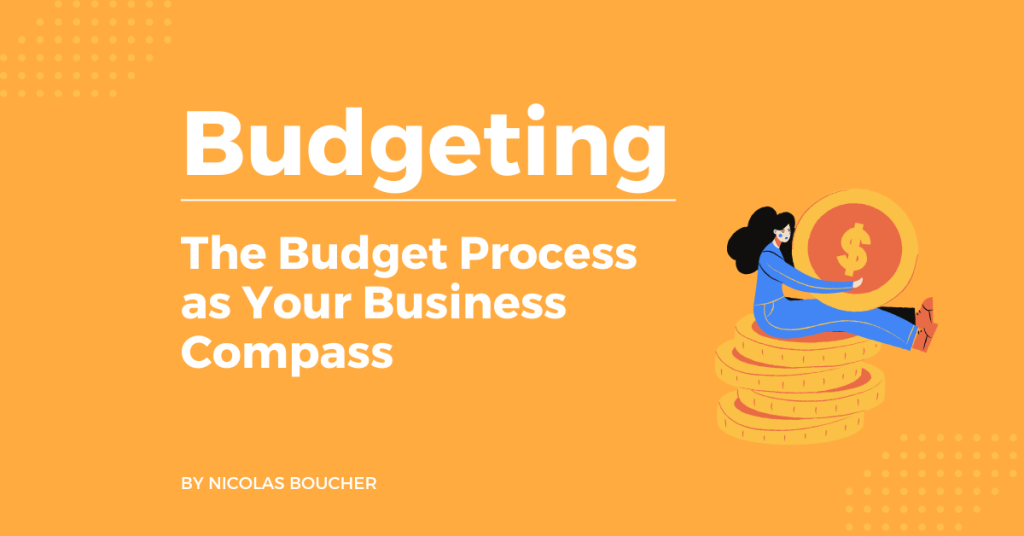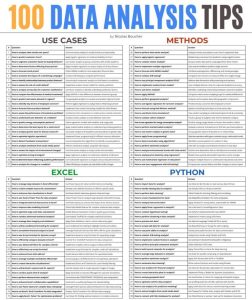Do you want to evaluate your company’s financial performance? Moreover, do you need a base for comparisons with rivals, tracking trend lines, or operational efficiency?
Fortunately, you can use a variety of ratios to help you in your quest.
However, while there are many financial ratios to analyze your balance sheet, here are the best five ratios from my personal experience.
Table of Contents
Quick Ratios
Goal: Check the solvency of your company and how fast you can repay your short-term debts with your quick assets.
Formula: Quick Assets / Current Liabilities
(where Quick Assets = Current Assets – Inventory)
Inventory Turnover
Goal: Measure how many months of inventory you have on your balance sheet.
Formula: Cost of Goods Sold / Average Inventory
Note: Use the Cost of Goods Sold (COGS) of the last 12 months to measure how many months of inventory you have.
For example, COGS of 100m$ / Inventory of 25m$ means that on average, your inventory will last a quarter (3 months).
Asset Turnover
Goal: Check how much CAPEX you need for each $ earned. The higher the number, the less assets you need to make revenues.
Formula: Turnover / Net Tangible Assets
Cash Conversion Cycle (CCC)
Goal: Check how many days you need to convert your cash out (for inventory in cash in (from sales)).
Formula: Days of Inventory Outstanding + Days Sales Outstanding – Days Payable Outstanding
Note:
- Days of Inventory Outstanding = Average inventory for a month / Cost of Good Solds * 365
- Days Sales Outstanding = Receivables / Annual Revenue * 365
- Payable Days = Payables / Annual COGS * 365
Working Capital
Goal: Measure the capital used to finance the daily operations.
Formula: Current Assets – Current Liabilities
Note: If you reduce it, you can free some capital to invest in CAPEX or new investments.
The Bottom Line – Financial Ratios Are Key To Success
In conclusion, financial ratios can help you evaluate your firm’s overall financial condition. In addition, you can measure your efficiency. Consequently, you can discover any red flags in your operation and resolve them timely.
Moreover, you can compare your position with relevant competitors and discover why they are better. Finally, you can compare your results over time, i.e., track trend lines. As a result, you’ll know which operations bring you better results.
Ultimately, if you want to learn more about financial ratios, you can take my course.















